With our weather as it is, getting the grass cut and wilted in good conditions is nearly an impossibility.
There are many different ways to help this process along, from spreading the grass out around the ground and rowing it up again for the harvester to simply just using a wuffler to aerate the grass in its rows.
Every farmer has a different way of getting the grass to the point that they want to put it in the pit.
Some will want to put it into the pit straight after it is mown in order to get the most bulk from the crop. In this situation, if the crop is dry enough and not too green, the conditioner on the mower will help somewhat to have the grass in proper condition.
If the crop is cut when it is wet and picked up straight away, then a lot of what is being brought to the pit is water. To avoid this situation, if possible the grass should be wilted in the field for a period of time to let it die off and also to let the moisture content in the crop to drop.
Options for wilting
Wilting can be carried out in many different ways. Depending on the size of crop, it may be possible to wilt the crop naturally in the rows or even leaving the ranking system of the mower and just mow the crop and let it fall where it stands. This is the perfect situation, as any mechanical handling of the crop will damage the structure of the grass before it gets to the pit.
Some of the machinery that is available to help with the wilting process ranges from the simple rake to more complex tedding machines. The most important part of the process is that the grass is thrown out of the mower rows within two hours of cutting. This allows for the maximum release of moisture from the leaves.
This is usually done using a tedder, which can vary from the small twin rotor to the larger multi-rotor machines.
All these tedders are based on the same principle.
They pick the grass off the ground and throw it backwards and outwards.
This will spread the grass over a larger area and also bring the wetter crop to the top. It is advised that the crop be left to sit for 24 hours once it has been spread over the maximum area.
As is always the case, there is a balance between machinery inputs into the crop versus the improvement in the silage quality achieved.
If the crop is to be wilted in the rows, then a wuffler may be used to lift the crop off the ground and let air through the row to help the wilt.
This process can be carried out twice during the wilting period.
When the grass is wilted, it is then rowed up using a rake for the harvester to chop and send off to the pit. These can range from the single-rotor machines raking 10ft to the larger twin-rotor machines raking 30ft-plus per run.
Tedders 2017
There are tedders available from 3m to 10m working widths. Lely has been the market leader in Ireland for many years due to the great spreading ability of its machine. This was due to the patented hook tine on their machines.
As this tine is no longer patented, other manufacturers can use similar designs to improve their machines. Irish company Malone has recently introduced its new tedders to the market, the Tedd-Air 570 with four rotors and Tedd -Air 840 with six rotors (from 5.7m to 8.4m).
Malone says the tedders have a robust design, well suited to tough terrain and working conditions, following the contours of the ground closely. They also add the tedders give a consistent and even spread.
The machines are simple to operate; the operator does not need to leave the cab to switch from transport to work position.
The tedders also feature automatic headland management and adjustable height function and hydraulic stabilisation.
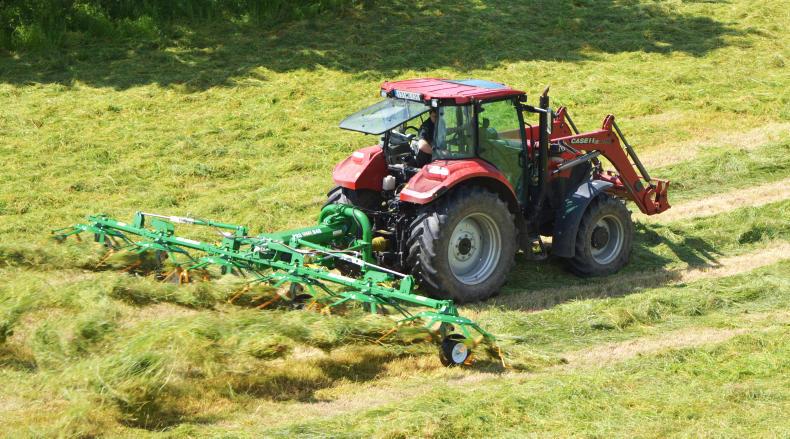
The Malone Tedd-Air 840 with six rotors.
Wufflers 2017
Wufflers are making a comeback in Ireland. Many years ago, there was a wuffler on most farms along with the trusty Haybob.
In 2017, there are many options from the Fransgard machine manufactured in Denmark to the Belmac Swarth Wilter made in Co Offaly.
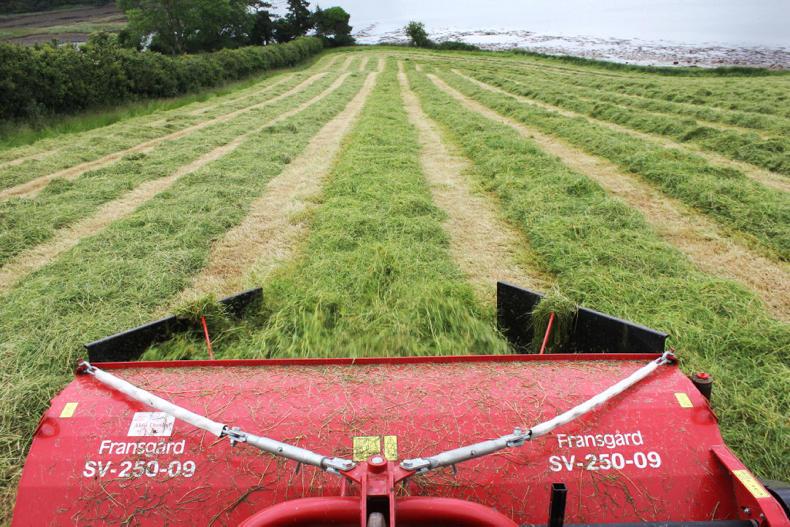
Fransguard Wuffler
Rakes 2017
Rakes can range from the single-rotor machines raking 10ft to the larger twin-rotor machines raking 30ft-plus per run.
Many manufacturers supply a range of differing rakes to the Irish market.
For 2017, Krone has released the all-new TC640 rake (19ft to 21ft).
The company says that it has all the specifications of the larger models in the range, but packaged into a smaller machine.
Kuhn has also released its largest four-rotor rake on to the market. The GA 15131 can work at between 9.5m and 14.9m width.
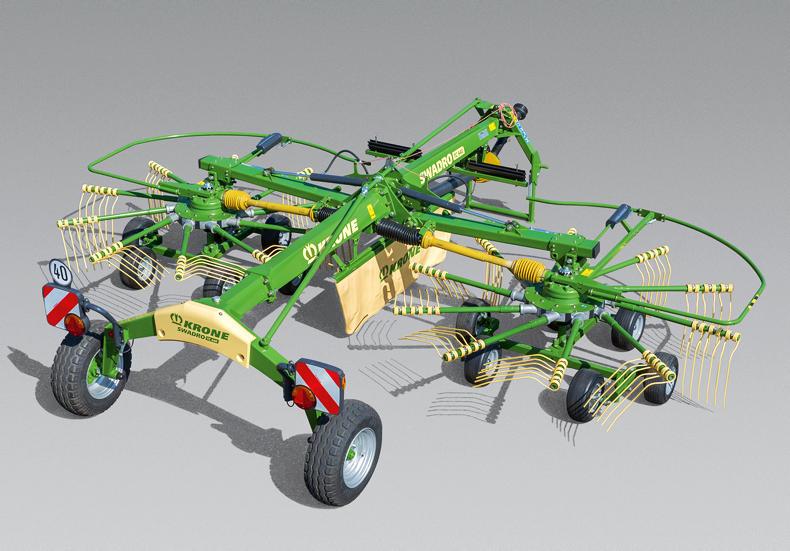
The Krone TC640 rake
Read more
Silage '17
With our weather as it is, getting the grass cut and wilted in good conditions is nearly an impossibility.
There are many different ways to help this process along, from spreading the grass out around the ground and rowing it up again for the harvester to simply just using a wuffler to aerate the grass in its rows.
Every farmer has a different way of getting the grass to the point that they want to put it in the pit.
Some will want to put it into the pit straight after it is mown in order to get the most bulk from the crop. In this situation, if the crop is dry enough and not too green, the conditioner on the mower will help somewhat to have the grass in proper condition.
If the crop is cut when it is wet and picked up straight away, then a lot of what is being brought to the pit is water. To avoid this situation, if possible the grass should be wilted in the field for a period of time to let it die off and also to let the moisture content in the crop to drop.
Options for wilting
Wilting can be carried out in many different ways. Depending on the size of crop, it may be possible to wilt the crop naturally in the rows or even leaving the ranking system of the mower and just mow the crop and let it fall where it stands. This is the perfect situation, as any mechanical handling of the crop will damage the structure of the grass before it gets to the pit.
Some of the machinery that is available to help with the wilting process ranges from the simple rake to more complex tedding machines. The most important part of the process is that the grass is thrown out of the mower rows within two hours of cutting. This allows for the maximum release of moisture from the leaves.
This is usually done using a tedder, which can vary from the small twin rotor to the larger multi-rotor machines.
All these tedders are based on the same principle.
They pick the grass off the ground and throw it backwards and outwards.
This will spread the grass over a larger area and also bring the wetter crop to the top. It is advised that the crop be left to sit for 24 hours once it has been spread over the maximum area.
As is always the case, there is a balance between machinery inputs into the crop versus the improvement in the silage quality achieved.
If the crop is to be wilted in the rows, then a wuffler may be used to lift the crop off the ground and let air through the row to help the wilt.
This process can be carried out twice during the wilting period.
When the grass is wilted, it is then rowed up using a rake for the harvester to chop and send off to the pit. These can range from the single-rotor machines raking 10ft to the larger twin-rotor machines raking 30ft-plus per run.
Tedders 2017
There are tedders available from 3m to 10m working widths. Lely has been the market leader in Ireland for many years due to the great spreading ability of its machine. This was due to the patented hook tine on their machines.
As this tine is no longer patented, other manufacturers can use similar designs to improve their machines. Irish company Malone has recently introduced its new tedders to the market, the Tedd-Air 570 with four rotors and Tedd -Air 840 with six rotors (from 5.7m to 8.4m).
Malone says the tedders have a robust design, well suited to tough terrain and working conditions, following the contours of the ground closely. They also add the tedders give a consistent and even spread.
The machines are simple to operate; the operator does not need to leave the cab to switch from transport to work position.
The tedders also feature automatic headland management and adjustable height function and hydraulic stabilisation.

The Malone Tedd-Air 840 with six rotors.
Wufflers 2017
Wufflers are making a comeback in Ireland. Many years ago, there was a wuffler on most farms along with the trusty Haybob.
In 2017, there are many options from the Fransgard machine manufactured in Denmark to the Belmac Swarth Wilter made in Co Offaly.

Fransguard Wuffler
Rakes 2017
Rakes can range from the single-rotor machines raking 10ft to the larger twin-rotor machines raking 30ft-plus per run.
Many manufacturers supply a range of differing rakes to the Irish market.
For 2017, Krone has released the all-new TC640 rake (19ft to 21ft).
The company says that it has all the specifications of the larger models in the range, but packaged into a smaller machine.
Kuhn has also released its largest four-rotor rake on to the market. The GA 15131 can work at between 9.5m and 14.9m width.

The Krone TC640 rake
Read more
Silage '17









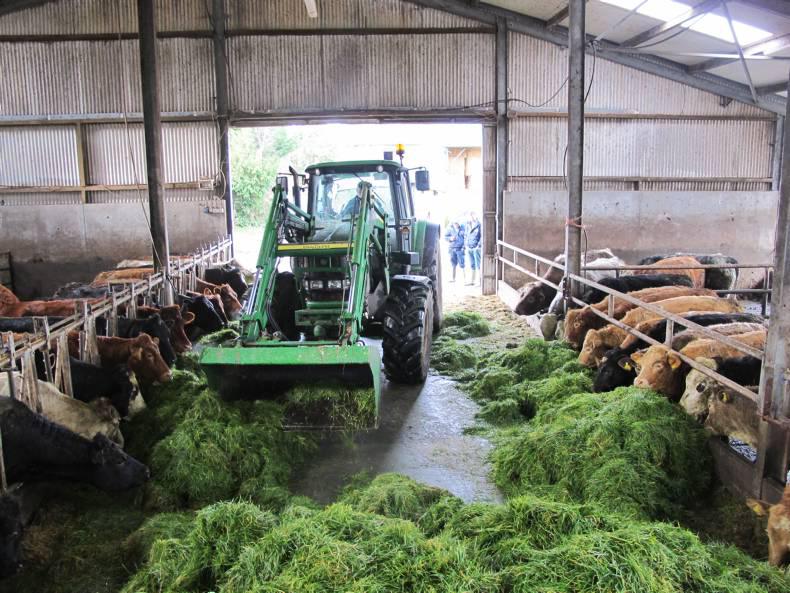

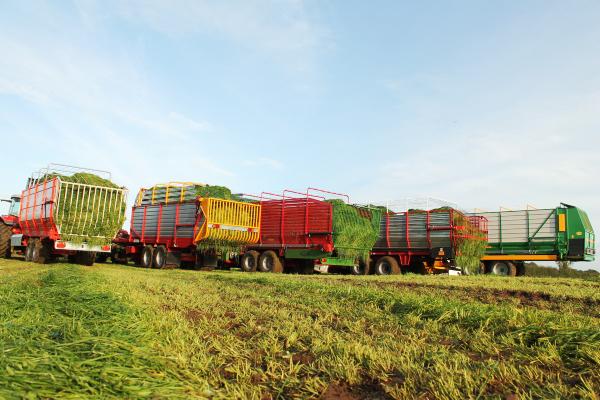
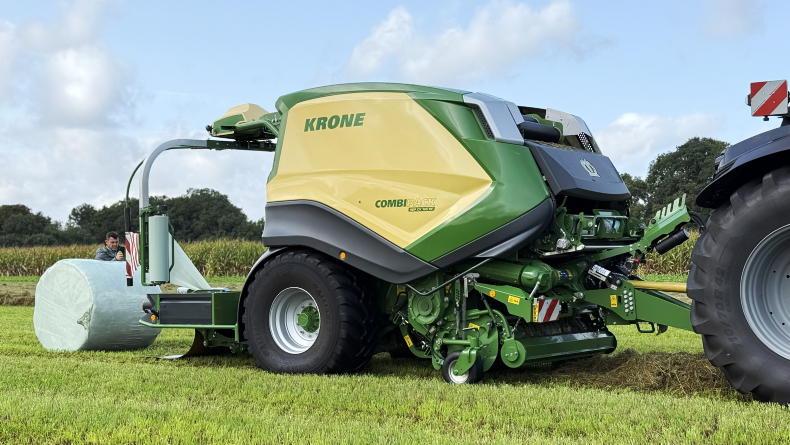
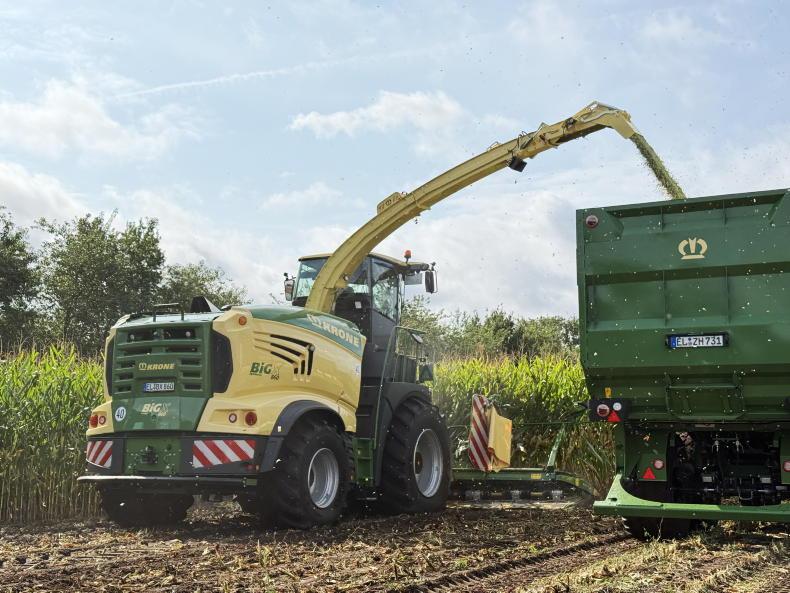
SHARING OPTIONS